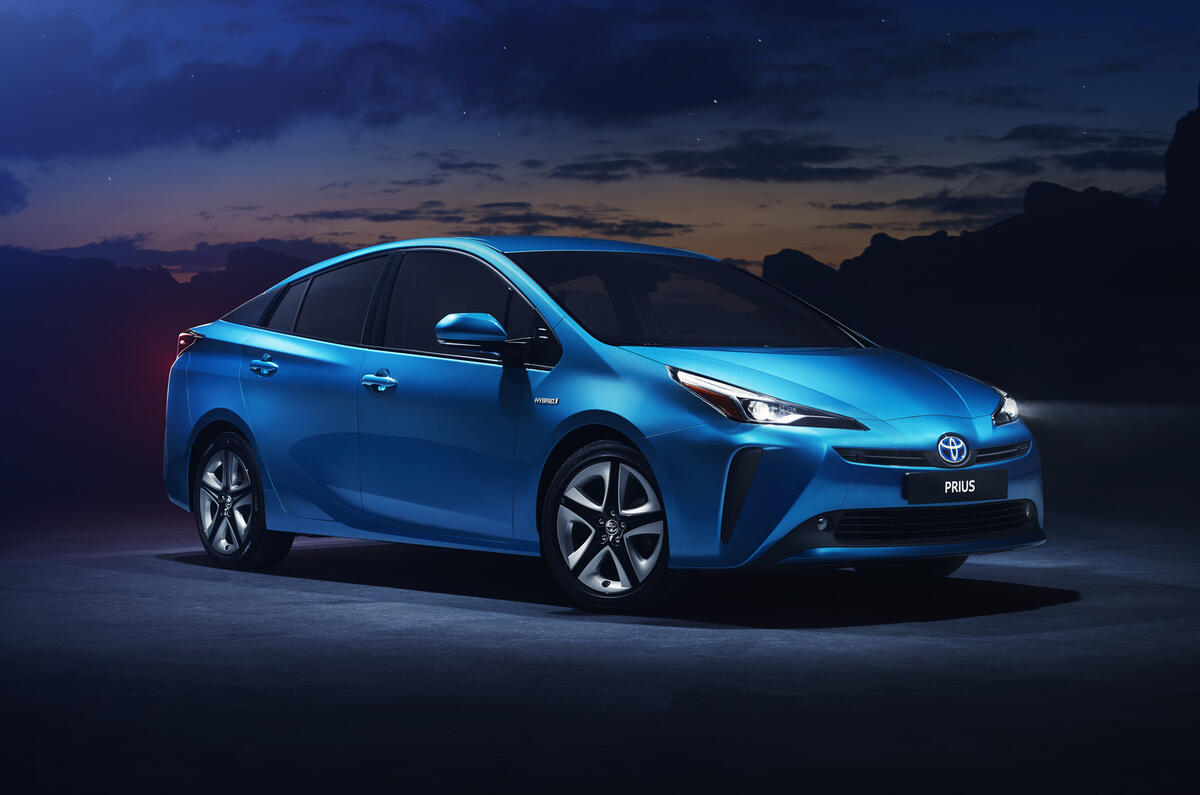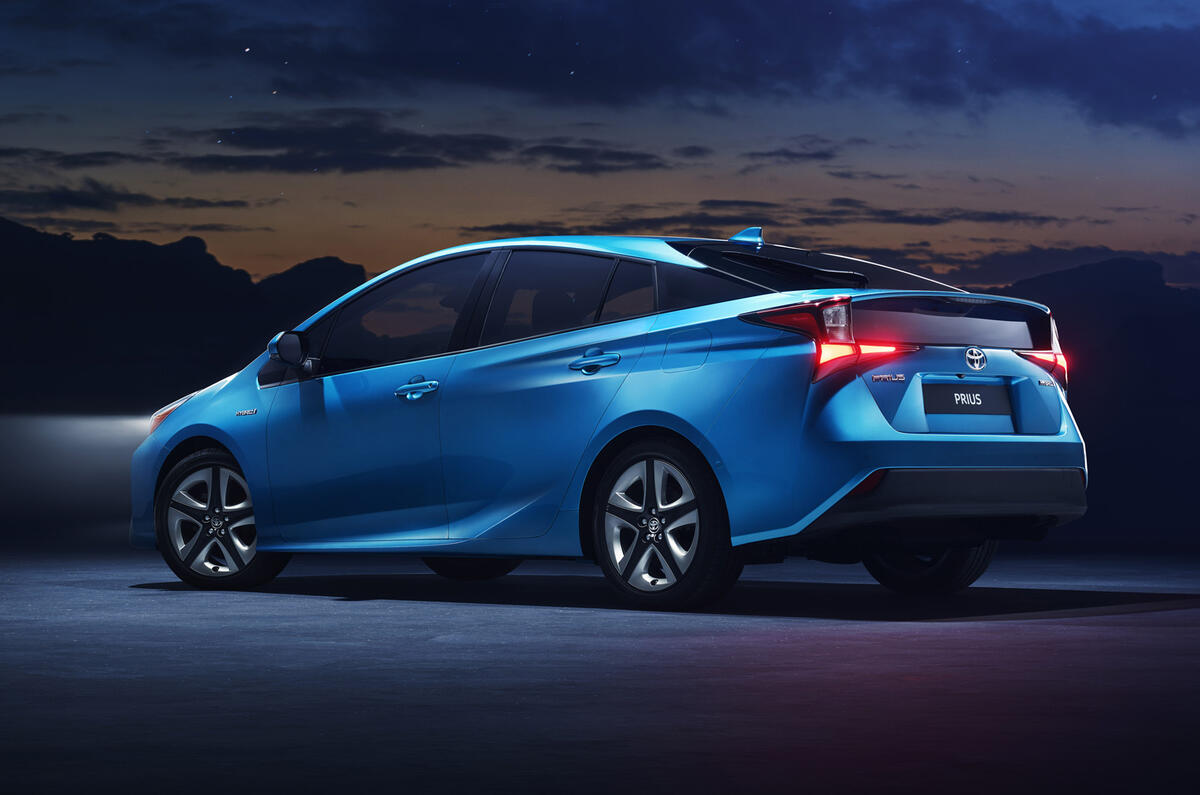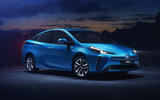Toyota has launched a new Toyota Prius Hybrid AWD-i, featuring an extra electric motor that can send power to the rear wheels of the car.
The new all-wheel-drive variant of the hybrid hatchback features an additional high-torque electric motor that sends power to the rear axle. Toyota says it is engineered to engage for extra traction when pulling away at speeds of up to 6mph, and will also be used at speeds between 6mph and 44mph when sensors detect low-grip conditions.
The "compact and lightweight" 7bhp secondary motor works alongside the current 1.8-litre hybrid system, producing a relatively high torque output of 420lb ft to aid with low traction acceleration. The firm added that, because the unit does not use a centre differential or front-to-rear driveshaft, it will have a minimal impact on the both Prius’s boot capacity and emissions ratings. Fuel efficiency is also relatively unchanged, with a WLTP-certified rating of 58.6-64.7mpg on the combined cycle.
The Hybrid AWD-i Prius draws power from a nickel-metal hydride hybrid battery, which Toyota said has been optimised for cold weather performance, while the front-wheel-drive Prius has been equipped with a new lithium ion hybrid battery.
Toyota has also made a range of minor updates to the whole Toyota Prius range for 2019, including revamped exterior styling including new-look front and rear lights, a reworked bumper and a new trapezoid shape design in the car’s rear.
Inside, Toyota has reworked the dashboard of the car, and reconfigured some of the controls on the instrument panel. It will now be offered with a larger wireless charging tray, due to the growth in size of smartphones, and the latest version of Toyota’s Touch 2 infotainment system which responds to pinch, swipe and flick gestures in the same manner as a modern smartphone. The new model follows the fifth-generation RAV4 in receiving Toyota's Safety Sense driver assist system, featuring road sign recognition, lane departure warning and adaptive cruise control.
The new-look Prius, along with the Hybrid AWD-i version, will initially launch in Britain and western Europe in Spring, with a central and eastern European launch to follow. Official pricing and range details for the new model will be announced nearer the time.
Read more















Join the debate
Add your comment
The best proponent of this
The best proponent of this has been for years the i8 which has been a miserable sales failure.Perhaps the new 992 with a hybrid motor will do better.Priuses are useless in severe cold,like Arctic Canada,they just freeze up completely,at least the old ones did.Taxis work because they are running all the time,but the fuel consumption is terrible as there are no hills to recharge the batteries.
Prius works well in winter
I've been driving my 04 Prius through 15 Canadian winters with no problems and it is not a taxi. A Prius is like a regular car except that it has a large battery, large starter and large alternator. It always starts. The battery is charged by the engine and by braking -- no need for hills. Like all cars, fuel consumption increases in the winter due to the energy needed to warm the engine, cabin and catalytic converter, but, even then, efficiency is excellent.
lets throw...
lets throw 420 ft/lb of torque at low traction conditions !
why not more AWD Hybrids?
I can never understand why there aren't more 4WD/AWD hybrids. Basically, they are incredibly easy to engineer, as you don't have to have a heavy propshaft down the length of the car. The weight distribution is good as you can have some of the extra weight at the back of the car. You get all the benefits of 4wd like traction and lack of torque steer with very few of the weight and complexity drawbacks. Mini/BMW just have an electric axle so effectively the front axle is petrol and the rear one is electric...sounds very sensible to me...
4WD
Maybe a case of just because you can doesn't mean you should.
99% of hatchbacks on the road make do with one driven axle and although adding an another electric motor, plus control mechanics and software wouldn't cost a huge amount it still adds to price, weight and complexity of an already heavy'ish, expensive'ish and complex car.
Although as an option it may be useful to a few